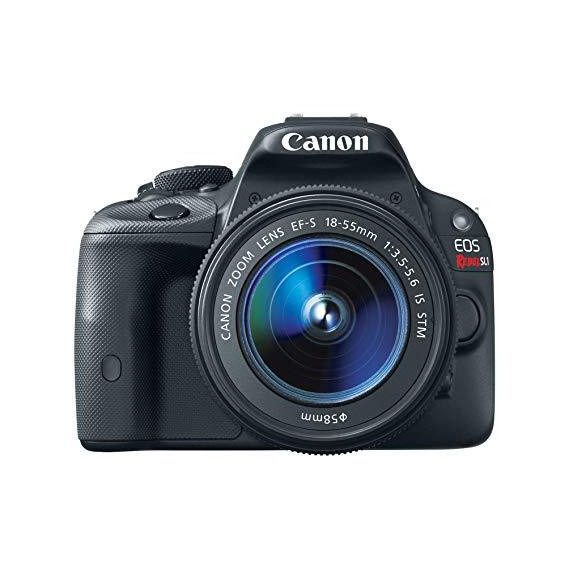S Mack
Im a casual photographer, who travels a lot and wanted a SLR to take with me. I also want to enhance my photography as a hobby, although I dont plan on ever being professional. Ive owned several compact digital prior to this camera. Size: Even though I knew what I was ordering, I couldnt get over the size. Its so small for an SLR and so lightweight. Ive checked multiple times because I didnt think it was loaded in my bag, it felt empty. No kidding, its that light weight. But still has all the buttons you need, well placed and easy to operate. It also feels tough and durable, so dont be dissuaded by the light weight or small size. Im not sure about the concern some voiced about it being "too small" to hold. Its very comfortable. If you are going to shoot for 2 hours straight and/or have shot with a larger camera for 5 years, then maybe this would take some getting used to. But its very easy to manage, comfortable to hold and feels solid in my hand. Performance: Ive been experimenting for a couple months now with various settings, different creative shots and I love the camera. Any failures are certainly mine as an amateur. Its easy to shoot, fast enough (Im not shooting for the NHL) and takes accurate, colorful pictures that are only limited by my creativity. Ive shot macro, landscape, architecture, pets and portraits. I love it. It has a deep, feature rich set of custom options, menus and settings. Im almost addicted to loading my amazing photos into a post photo software (name omitted) and playing with them to see how incredible they can get. That being said, they look incredible (when composed properly) straight from the RAW image. Also remember, this is a canon, so you can use virtually any lens ever created by them. Video: The improved AF Focus and STM lens is evident when shooting video. Video is amazingly clear, the AF does a good job keeping up with most subjects (again not shooting NHL or nocturnal animal scenery). The touchscreen, nearly silent lens combo is a huge improvement over prior versions. All but the most demanding professionals will find it does a remarkable job. Cons: Not many, seriously. No built in stereo mic..(minor issue use an external) No built in wifi (use an eye fi card) I kept this simple as there are some more technical reviews out there. I thought simple usage from a consumer standpoint would be most helpful. My advice, be very careful hanging your hat on some of the Amazon reviews that are overly technical. Some of the reviewers dont know as much as they pretend and quote erroneous facts, like the fact that this camera uses "contrast phase detect" for its auto focus. Wrong, older canons did, not this one. If you really need the technical details read a review by dpmag, dppreview, camera labs etc. They will be spot on accurate and not a pseudo professional opinion. Happy hunting... If you found this helpful, please click yes! Thank you.










